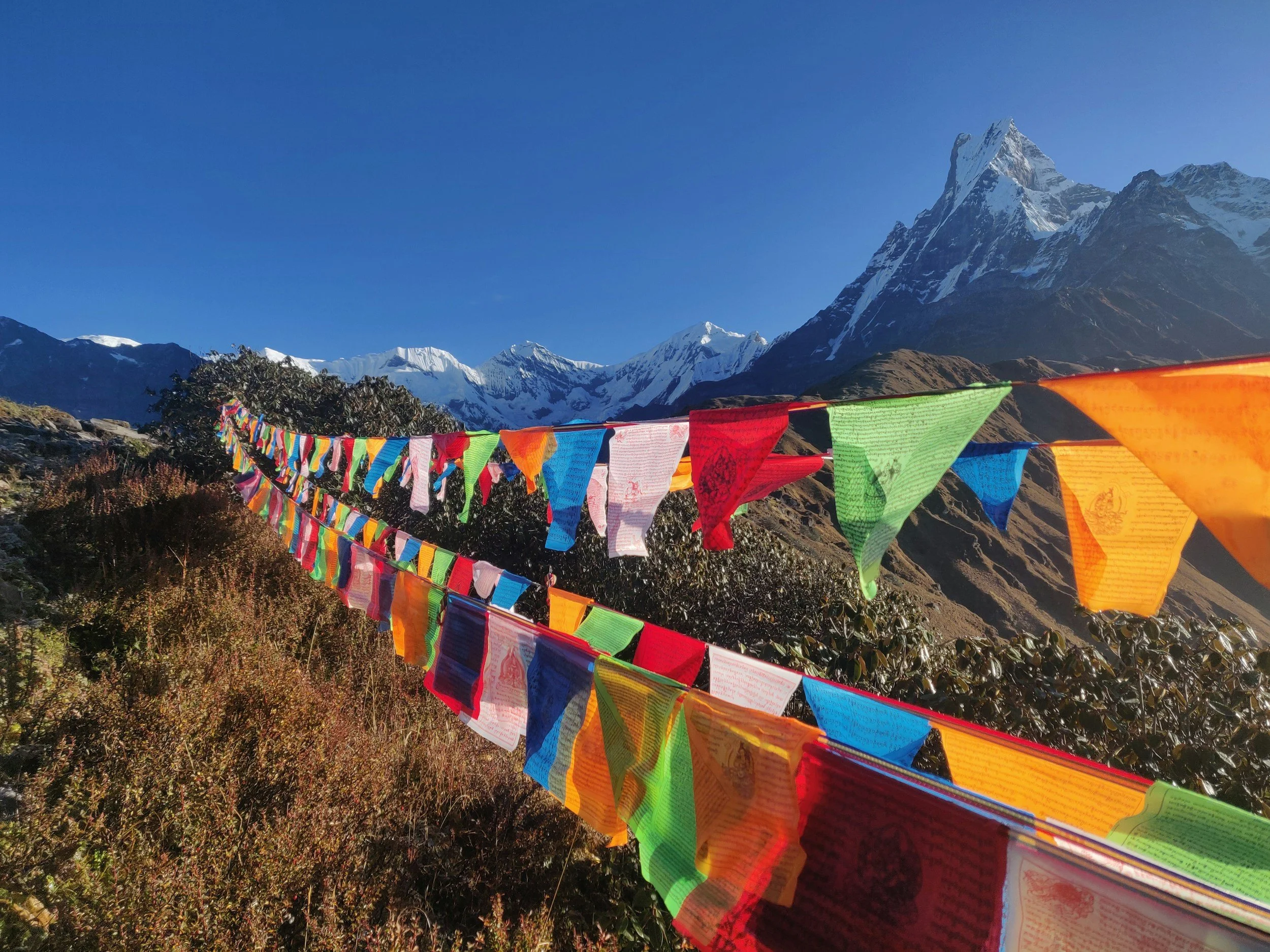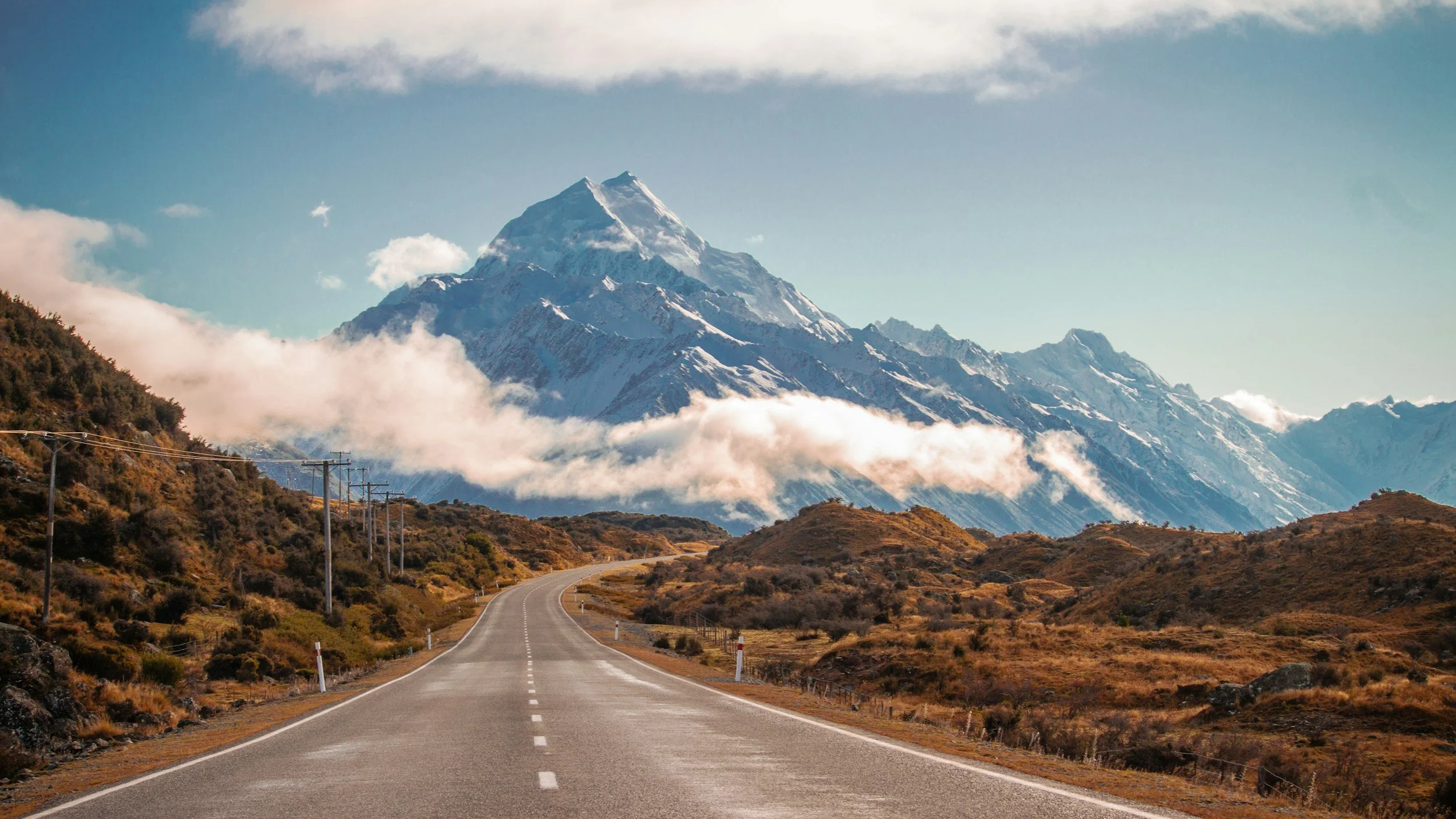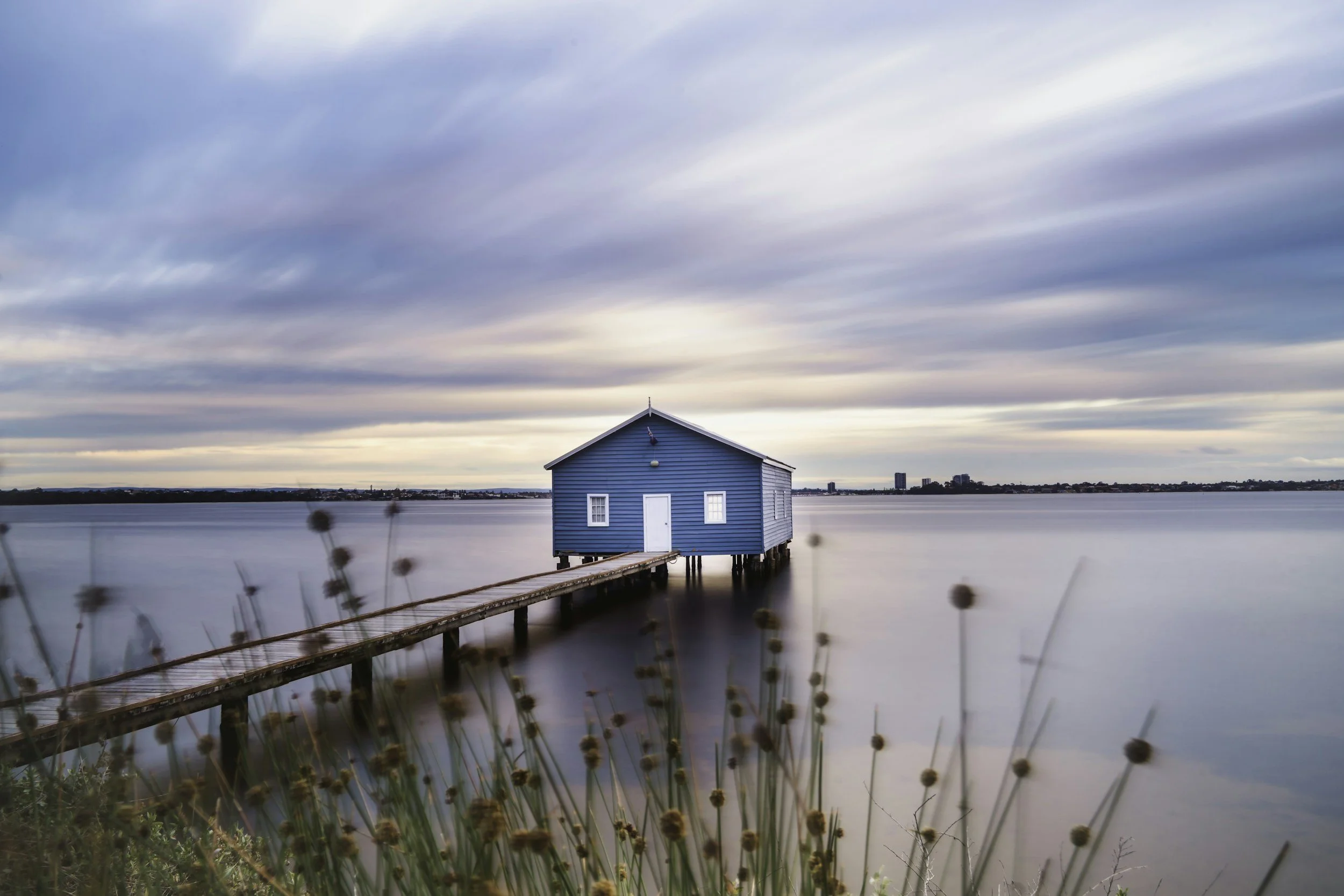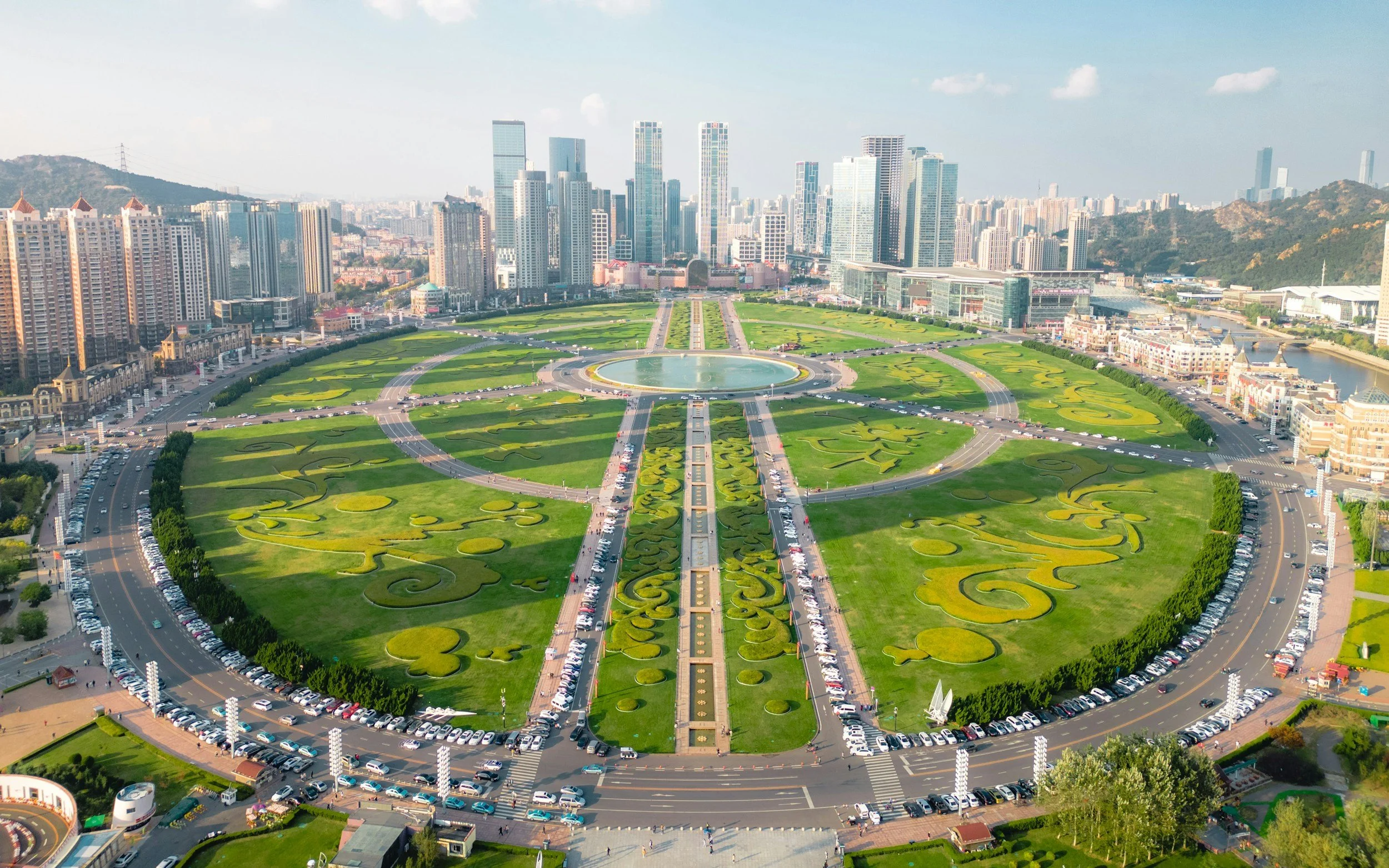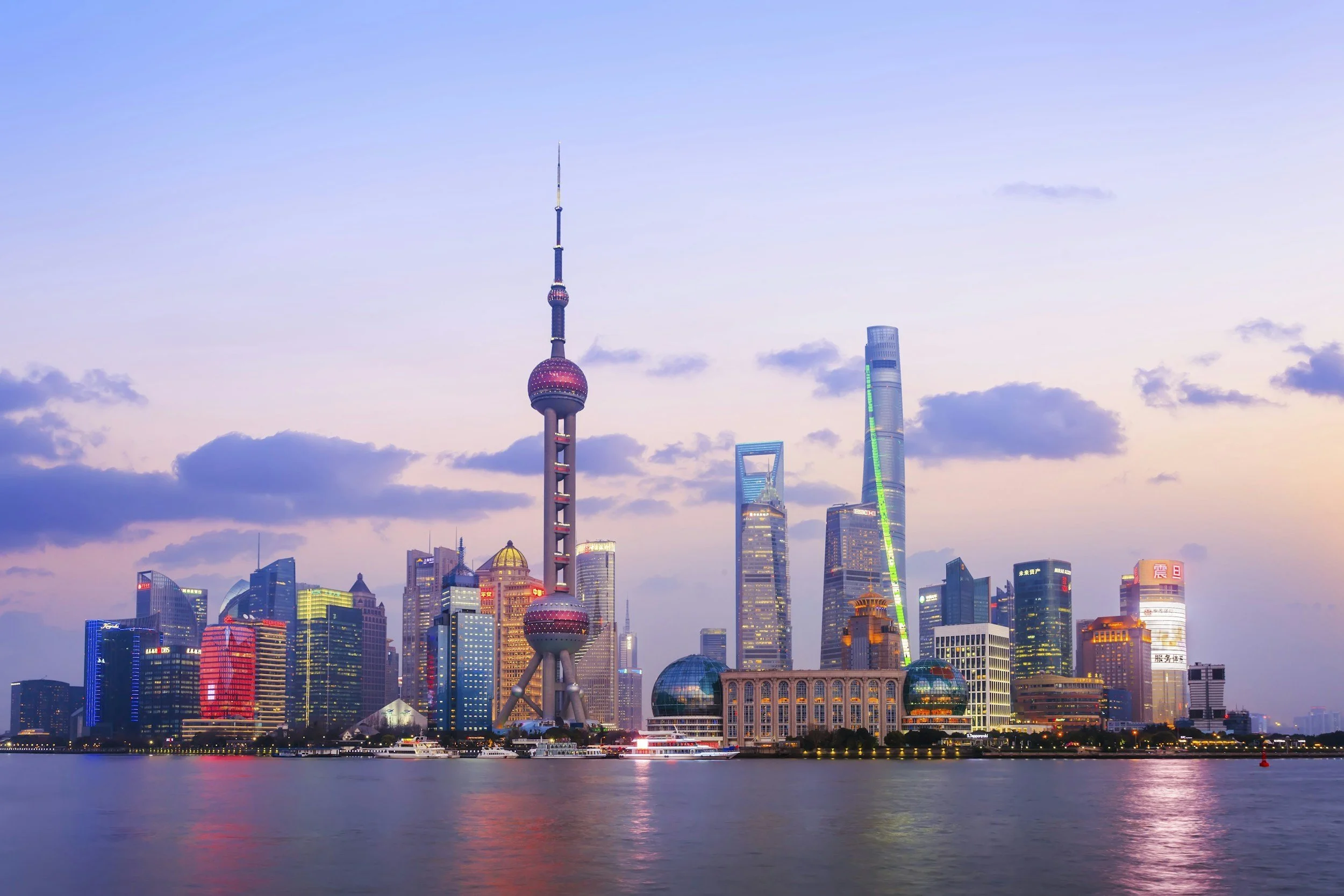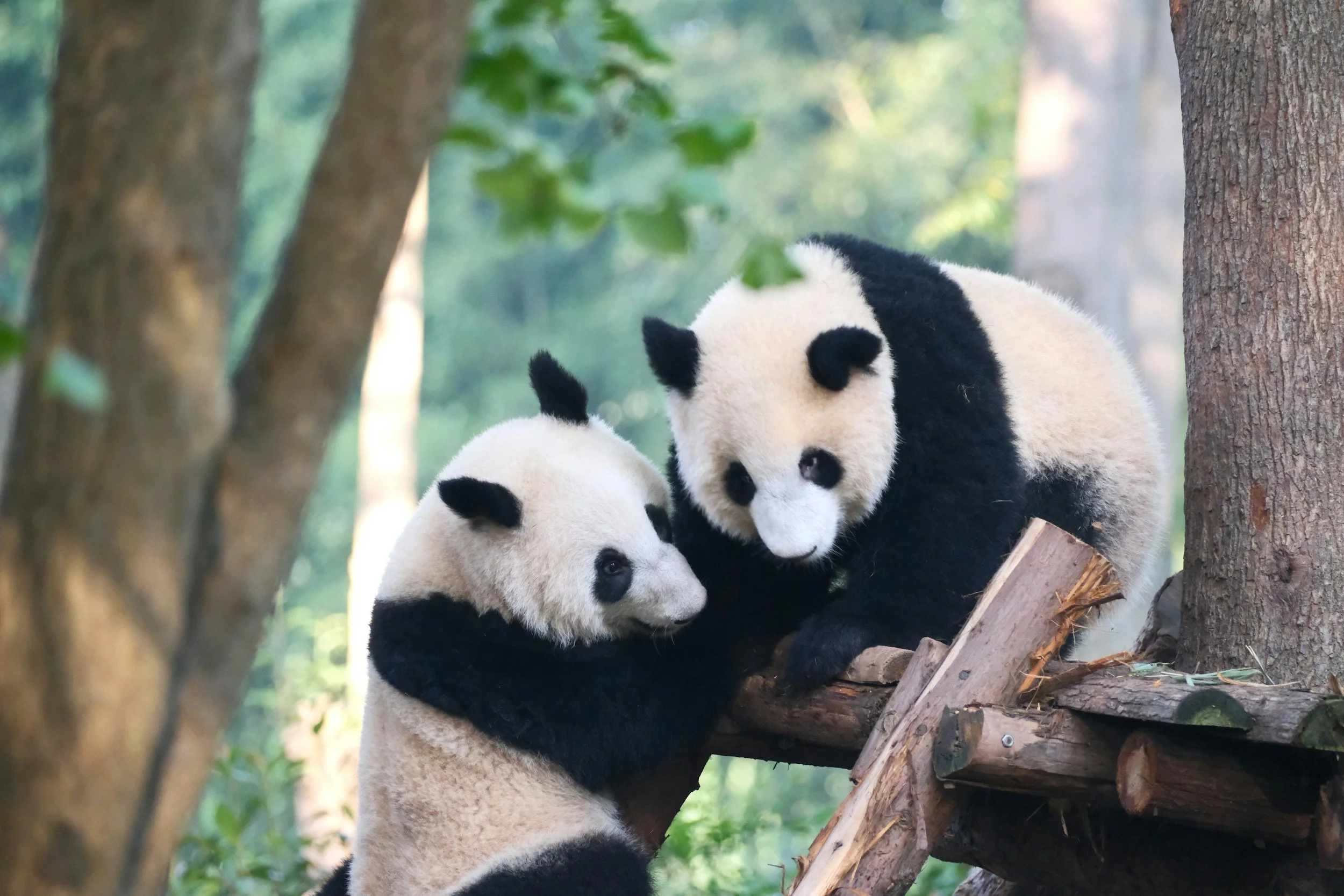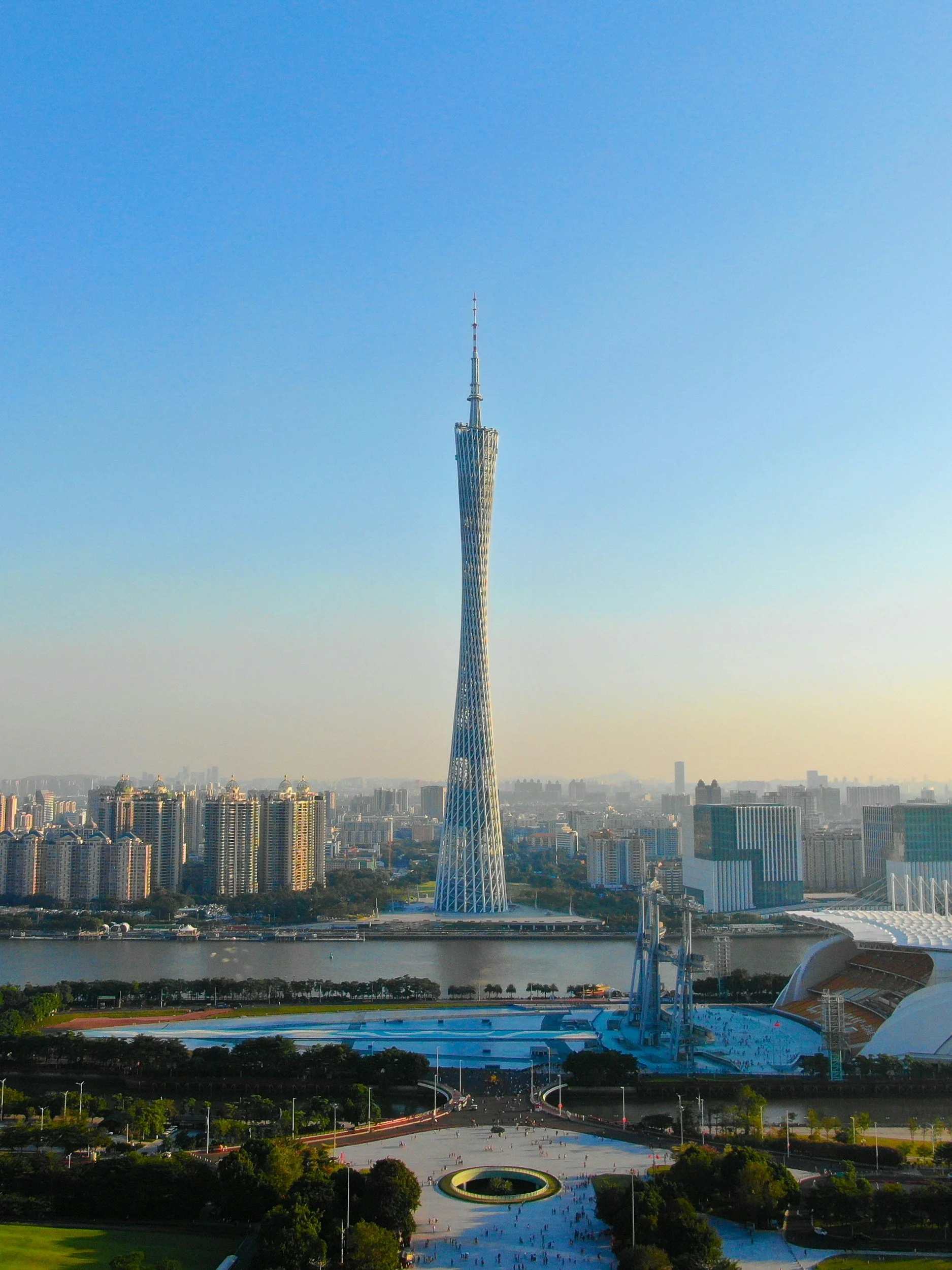Best Winter Festivals in China (2025)
When people think of China in winter, they often imagine grey skies and cold winds — but the truth is, it’s also one of the most vibrant, colorful, and magical seasons to visit. From walking through an ice kingdom in Harbin to floating lanterns along ancient rivers in Nanjing, China’s winter festivals can turn a regular holiday into a once-in-a-lifetime memory.
Here are the festivals I personally recommend for Winter 2025, with practical travel notes for those flying in from Singapore.
1. Harbin International Ice & Snow Festival (Jan – Feb 2025)
Harbin Festival
PHOTO:Unsplash/@haydenlllamBest Time to Visit: January (right after the opening ceremony, when the ice is fresh).
What to Do:
Explore Ice and Snow World, the main park where entire palaces are built from frozen blocks.
Visit Sun Island Snow Sculpture Art Expo — huge, intricate sculptures carved by international artists.
Try frozen candied hawthorn sticks (bing tanghulu) from street vendors — a crunchy, sweet treat in the cold.
Getting There: Singapore → Beijing (6 hrs) → Harbin (2 hrs). The total journey takes about 9–10 hours with transit.
My Tip: Dress in three layers minimum. Thermals, fleece, and a down jacket are non-negotiable. A face mask and heat packs help too — at –20°C, even your phone battery drains faster!
2. Beijing Temple Fairs (Chinese New Year, late Jan – early Feb 2025)
Beijing
PHOTO:Unsplash/@albert_caniteHeld at the Qinhuai River, this festival is nothing short of breathtaking. The entire riverbank glows with handcrafted lanterns in shapes of dragons, phoenixes, and zodiac animals.
Highlight: Take a boat ride along Qinhuai River at night — lantern reflections on the water are magical.
Food to Try: Nanjing salted duck, hot tangbao soup dumplings, and sesame peanut candies.
Getting There: Singapore → Shanghai (5 hrs 20 mins) → 1.5 hr high-speed train to Nanjing.
My Tip: Bring a good camera or at least a tripod for your phone. The lanterns are some of the most photogenic sights in China.
3. Nanjing Lantern Festival (Feb 2025)
PHOTO:Unsplash/@tcphotoworksHeld at the Qinhuai River, this festival is nothing short of breathtaking. The entire riverbank glows with handcrafted lanterns in shapes of dragons, phoenixes, and zodiac animals.
Highlight: Take a boat ride along Qinhuai River at night — lantern reflections on the water are magical.
Food to Try: Nanjing salted duck, hot tangbao soup dumplings, and sesame peanut candies.
Getting There: Singapore → Shanghai (5 hrs 20 mins) → 1.5 hr high-speed train to Nanjing.
My Tip: Bring a good camera or at least a tripod for your phone. The lanterns are some of the most photogenic sights in China.
4. Tibetan New Year (Losar, late Feb 2025)
Make it stand out
Image: Unsplash/@sssanjaya
Losar is Tibet’s most important festival. If you’re open to spiritual travel, this is an incredible chance to see monks in deep prayer, families in traditional dress, and Himalayan monasteries glowing with butter lamps.
What to Do:
Attend the prayer ceremonies at Jokhang Temple in Lhasa.
Watch local families burn juniper branches to welcome good fortune.
Try Tibetan butter tea — salty, warm, and perfect for the cold.
Getting There: Singapore → Chengdu (5.5 hrs) → Lhasa (2.5 hrs). Be prepared for a total of 10–12 hours of travel.
My Tip: Spend at least 2 nights acclimating in Lhasa before strenuous activities. The altitude (3,650m) is no joke.
Final Thoughts
Each of these festivals shows a different side of China — Harbin for fun and wonder, Beijing for culture, Nanjing for romance, and Tibet for spirituality. If you’re flying from Singapore, it’s easy enough to combine Shanghai + Nanjing Lanterns or Beijing Temple Fairs + Harbin Ice Festival into one winter holiday.
If I had to pick my favorite? Harbin — because standing under a glowing ice castle at –20°C, surrounded by laughter and fireworks, is an experience you’ll never forget.



